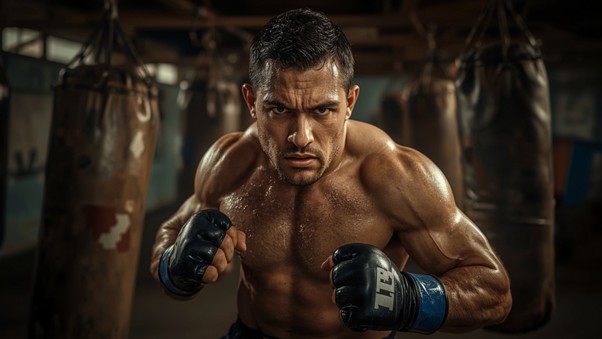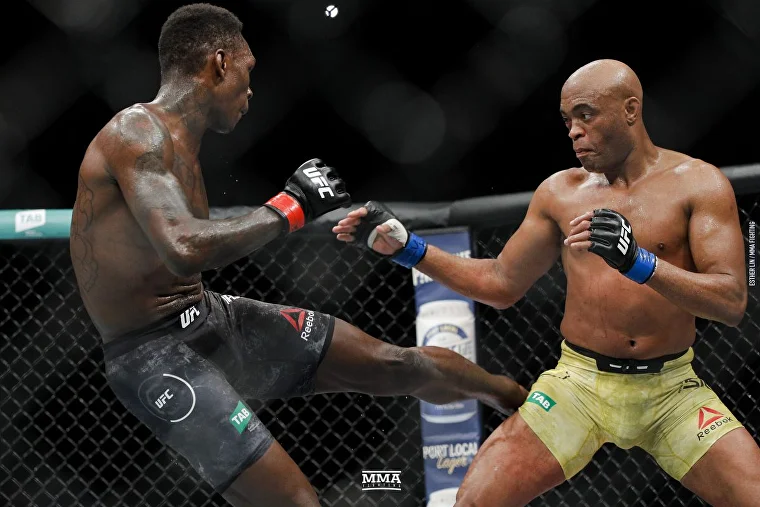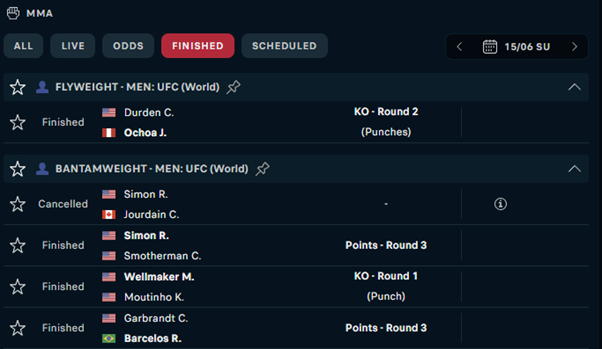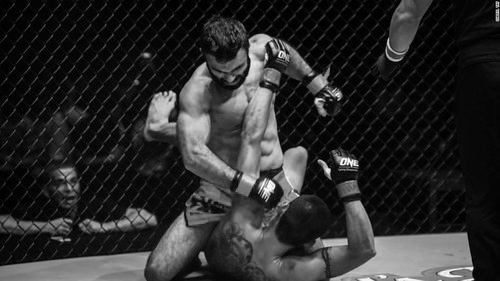
Every fighter knows it’s not just about muscle or aggression. What really separates the good from the great is this: being able to read the moment, react without hesitation, and know what’s worth going all in for. That same mindset – risk, reflex, reward – shows up not just in the octagon, but in all kinds of high-pressure situations. It’s why some MMA fans feel at home in places where fast decisions mean big consequences, like the thrill-packed BC Game – a digital ride where the rush feels almost as real as the roar of the crowd.
The High-Stakes Nature of Combat: Balancing Risk and Reward
Stepping into the cage means stepping into danger. One wrong move can mean a knockout – or worse. Fighters risk injury, reputation, and sometimes even long-term health. But why do they do it? Because the reward can be massive: belts, fans, money, and a spot in the MMA rankings that’ll get your name remembered.
And it’s not just physical. The mental pressure is intense. Keeping your edge while dealing with expectations, nerves, and that inner voice asking “Am I good enough?” – it’s not easy. But those who master the risk-reward balance rise to the top of the UFC rankings, make waves in Bellator rankings, or get recognized by Fight Matrix and other global trackers.
Physical and Psychological Risks in MMA
From busted noses to torn knees, fighters put their bodies through hell. Some injuries heal. Others stick with you. But the mental side? It’s quieter – and heavier. Anxiety before a fight. The slump after a tough loss. The pressure of being seen, ranked, judged. It’s real.
Calculated Risks: Decision-Making Under Pressure
In a fight, you don’t have time to think. You see an opening, you go. Or you don’t – and pay for it. Fighters train endlessly to make the right move at the right second. That’s where instinct meets discipline. And it’s not that different from other high-stakes environments – even games that push your nerves in the same way, just with a screen instead of an opponent.

Sharpening Reflexes: Training the Body and Mind
Nobody’s born with perfect reflexes. You build them. Through repetition, pressure, and sometimes failure. Fighters train their bodies to respond faster than their brains can think – because in the ring, that’s how you survive.
Physical Drills for Enhanced Reaction Time
Want quicker reactions? These drills help fighters (and honestly, anyone) level up:
- Agility ladders – sharpens your footwork.
- Plyometric push-ups – teaches your body to explode.
- BlazePods/reaction lights – tests your hand-eye speed.
- Mirror sparring – forces you to read someone in real time.
- Tennis ball drops – trains your eyes and reflexes together.
Put these together and you’ll move faster, strike smarter, and maybe – just maybe – climb those MMA fighter records a little higher.
Mental Conditioning and Reflex Development
Physical training is half the story. The rest happens in your head. Fighters use visualization, reaction apps, and even VR tools to get their minds ready. Focus is everything. You’ve got to stay calm in chaos. You’ve got to feel the fight before it happens. That kind of training? It’s not limited to gyms anymore. Tools like BC Game download bring reaction-based challenges right to your phone – testing your mental sharpness in ways that feel uncannily familiar.

Beyond the Octagon: Applying the Fighter’s Formula Elsewhere
Not a fighter? Doesn’t matter. That risk–reflex–reward formula shows up everywhere: in gaming, in crisis response, in any job or moment where you need to act fast and think sharp.
Professions Requiring Similar Skill Sets
| Field | What They Have in Common | Real Example |
| Paramedics | Making calls under pressure | Choosing who gets help first |
| Fighter pilots | Split-second decision-making | Dodging at supersonic speed |
| Esports competitors | Reading movement and reacting instantly | Clutch plays in tournaments |
| Military operators | Calm under chaos | Completing missions under fire |
It’s not just about adrenaline – it’s about trusting yourself when the stakes are sky-high.
The Psychology of Risk and Reward in Daily Life
Even in everyday life, we’re playing this game. Choosing a new job. Starting a business. Taking a leap of faith. We weigh the risks. We go with our gut. We chase what we think is worth it. That’s the fighter’s mindset – and it can help you in more ways than one.

Conclusion: Embracing the Fighter’s Mindset
You don’t need gloves or a walkout song to think like a fighter. Just understand the formula: know the risks, train your reflexes, and go after the reward when the moment comes. MMA teaches it in the rawest way possible – but anyone can apply it.
Because whether it’s a big decision, a career pivot, or a mental challenge in a game, there’s always that moment: fight or freeze. The smart ones know – the win goes to the one who moves first and moves right.


